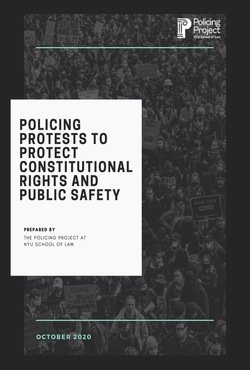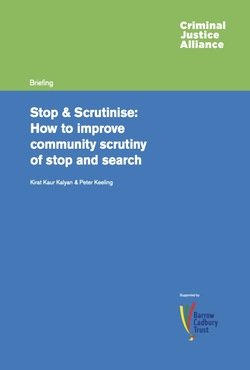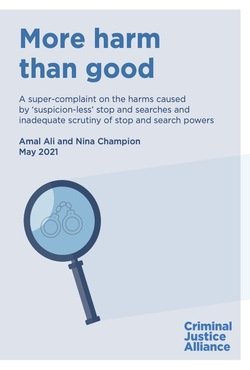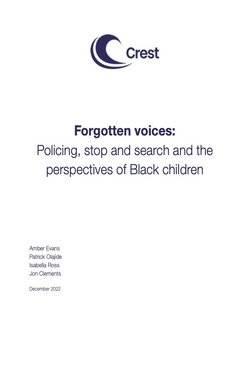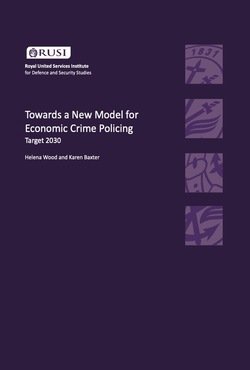By The Policing Project at NYU School of Law
The right to engage in peaceful demonstration is a cornerstone of American democracy. Yet sometimes police fail to strike the right balance, approaching demonstrations as a threat to public safety, rather than as an expression of constitutionally protected rights. This results in bad outcomes, for protestors and for police. The Policing Project’s new guidance provides an overview of how to police demonstrations to protect public safety and democratic freedoms. Drawn largely from what policing leaders themselves have identified as best practices as well as evidence-based research, we outline a clear approach that emphasizes transparent communication, de-escalation, and a healthy relationship between police and the communities they serve.
New York: NYU School of Law, 2020. 14p.


